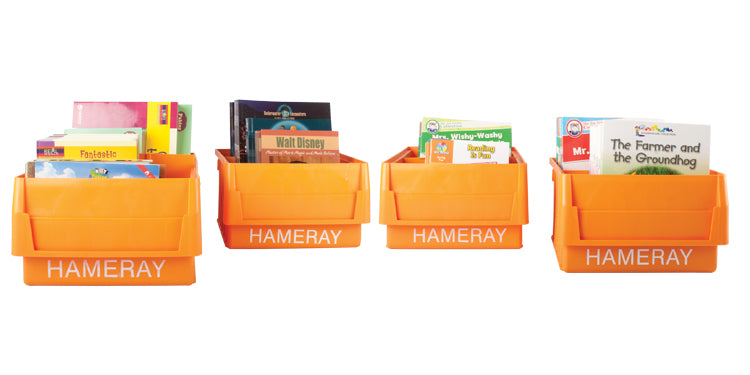
Making the Most of Classroom Libraries
Greetings! It’s Rich Giso from Mr. Giso’s Room to Read, excited to be blogging about something both my college students and my teacher colleagues often seek my advice on. Setting up a classroom library can be a very daunting task, as there are so many questions to consider. How much space do I have? How should I categorize my books? Should I have certain books leveled? Where do I put those special readalouds I do every year? What makes the best storage? What kinds of print, other than books, should I include? I’m hoping to offer you some pointers by sharing with you my classroom library via photographs. Keep in mind, however, that I’m in my sixteenth year of teaching, meaning that I have a vast collection of reading material available to my young readers that I have accumulated through the years. Start small. Your collection will grow from year to year with the help of yard sales, retiring teachers, eBay, bonus points from book orders, grant proposals, parent donations, etc.

As far as book storage goes, I use a combination of dish washing tubs and plastic/metal coolers used to store ice in order to keep drinks cool. My tubs are all orange and blue so that they match my classroom theme. This serves to make things look both organized and uniform. ALL books should be stored with the covers facing out towards the reader. This is important for book browsing. Notice how I have a combination of books sorted by level and by topic. This is really important. My young readers need to be picking from the right book level in order for them to grow stronger as readers. I give them a range of books to select from (a tub that is easy, one that is just right and one that is a little challenging). My mature readers have more freedom when selecting books, because they are more experienced in picking books that are a good fit for their interest and reading ability.
In addition to sorting books by levels, I have many categories that highlight Caldecott awards, poetry, science and mathematics books, wordless books, books on America, legends, fables and fairy tales, books from different cultures, wordless books, alphabet books, biographies and books about history.
I also have these shelves I turned on their sides to serve as benches. This is a perfect area for buddy reading.
For those special books—ones that I use on the holidays, ones that teach topics such as parts of speech, punctuation, etc. and my special readalouds, I utilize a shelf out of reach so that they are always there when I need them.
I have special spinning shelves for books arranged according to my favorite authors (Dr. Seuss, Eric Carle, Jan Brett, Bill Martin Jr., etc.). Periodically, I move them to a display that includes lots of photographs and biographic tidbits about our featured author. We are currently studying Patrica Polacco.
I have a number of informational texts and periodicals for kids as well as pamphlets, travel brochures and menus for them to browse. These have special places in my library too.

For topics that we are studying, I pull out books and feature them as well. Here you see a Gail Gibbons collection because we are writing teaching books. In social studies we are studying American symbols, so I have those books on display.
In addition to these pictures, I store my dictionaries in my writing center and have a wire wrack display that showcases my holiday/seasonal books that changes on a regular basis. To store multiple copies of the same book, I have a guided reading cart on wheels so that they are easily accessible.
I’m pleased to offer you a “tour” of my library. It’s the heart of every classroom, so it’s work giving it some attention! Happy reading!
~~~
I'm a proud teacher with over 15 years of teaching experience. I began my teaching career as a fourth grade teacher at the Bates Elementary School in Salem, Massachusetts. Since then, I have taught fourth grade for eight years. From there, I moved to a job as a reading coach under the Reading First grant. Having missed my true passion—having a classroom of my own—I returned to teaching as a first grade teacher for the next five years.
Now I've moved to the Carlton Innovation School, also in Salem, Massachusetts, where I am ready to begin my first year as a member of a team of four teachers that teach grades one and two. In addition, I teach undergraduate and graduate students at Salem State University. My courses involve literacy, children's literature, and elementary education. My educational interests include early literacy, effective reading interventions, and positive classroom climates.




















































